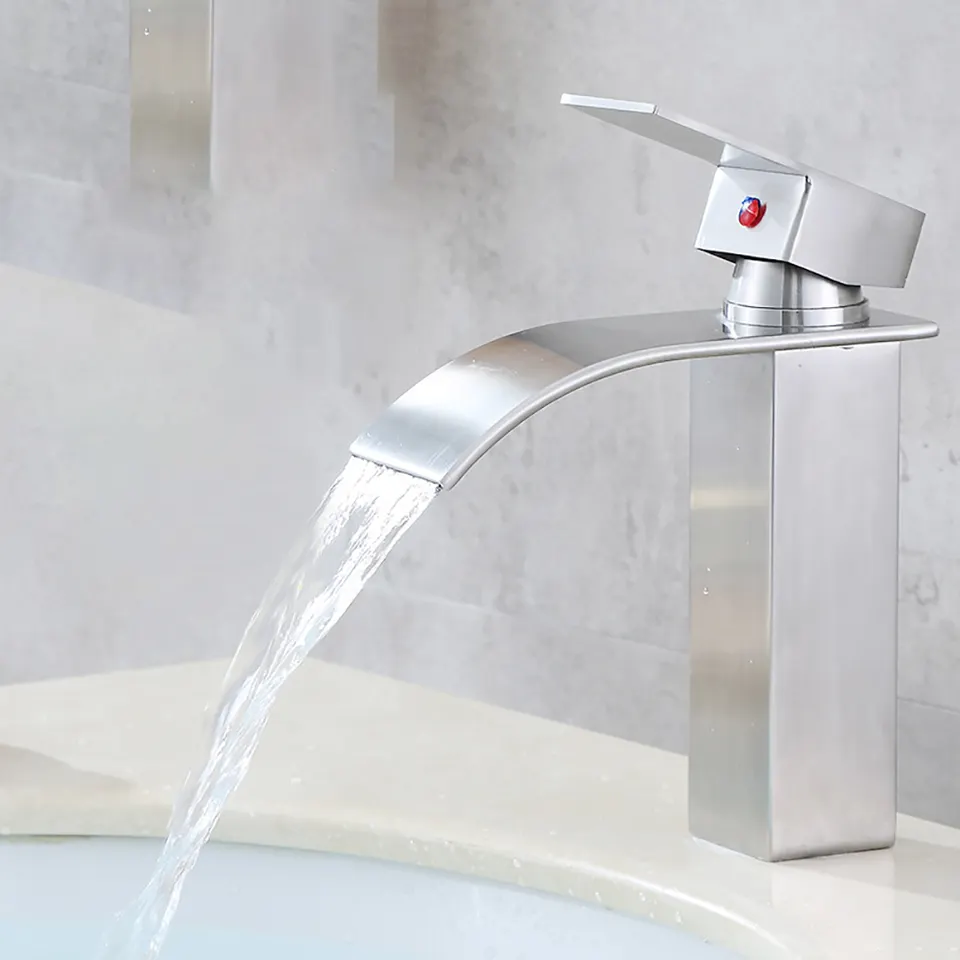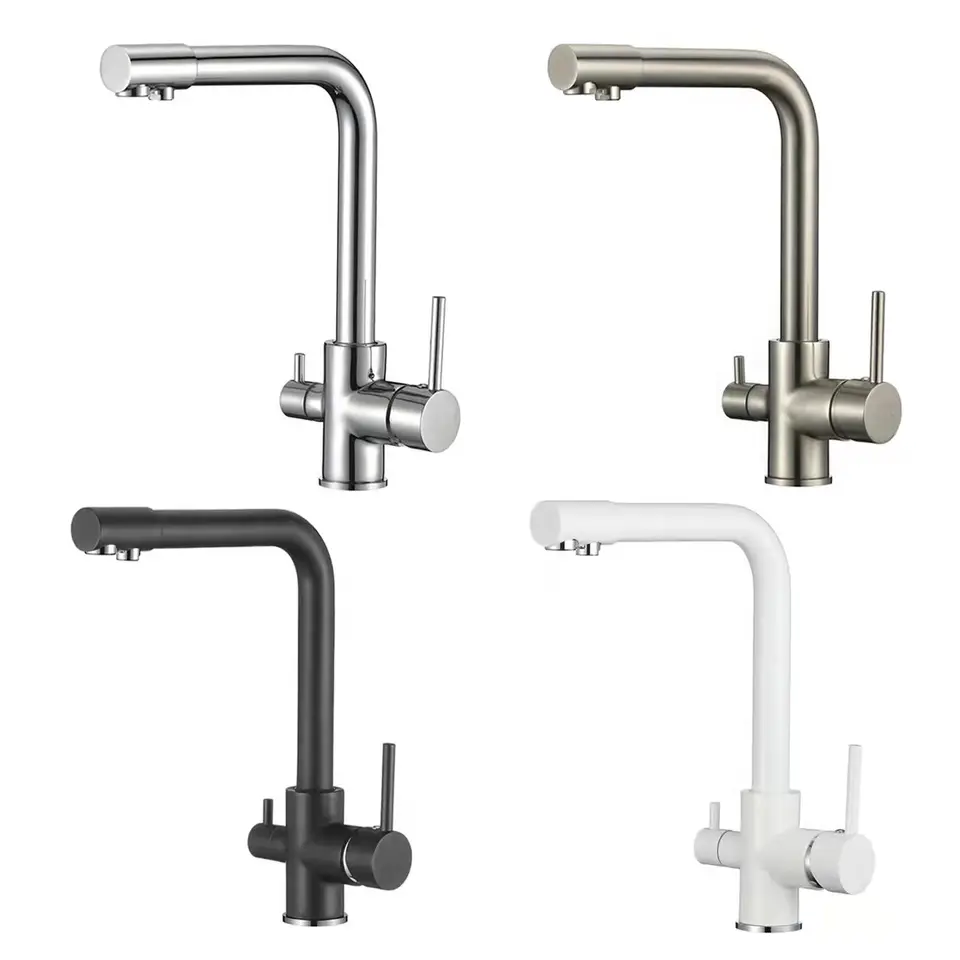Sanitary wares, a term encompassing a wide range of products such as toilets, sinks, bathtubs, and bidets, play a crucial role in our daily lives. These essential fixtures are not only pivotal for maintaining hygiene but also contribute significantly to the aesthetics and functionality of our living spaces. Over the years, the evolution of sanitary wares has mirrored advancements in technology, design, and materials, making them more efficient, durable, and visually appealing.
Historical Perspective
The concept of sanitary wares dates back to ancient civilizations. The Indus Valley Civilization, for instance, had sophisticated drainage systems and rudimentary forms of toilets. The Romans further advanced the idea with their public baths and aqueducts, which were marvels of engineering. However, it wasn’t until the 19th century, during the Industrial Revolution, that sanitary wares began to resemble the modern fixtures we use today. Innovations such as the flush toilet, invented by Sir John Harington in 1596 and later improved by Alexander Cummings in 1775, revolutionized sanitation and public health.
Materials and Manufacturing
Sanitary wares are typically made from materials like ceramic, porcelain, and vitreous china, known for their durability, ease of cleaning, and resistance to staining. These materials are fired at high temperatures to achieve a glass-like finish, making them non-porous and hygienic. In recent years, advancements in materials science have introduced alternatives such as stainless steel, glass, and composite materials, offering more options in terms of design and functionality.
Design and Innovation
Modern sanitary wares are a blend of functionality and aesthetics. Contemporary designs focus on sleek lines, minimalism, and space-saving features, catering to the needs of urban living. Innovations such as rimless toilets, which are easier to clean, and touchless faucets, which reduce the spread of germs, have become increasingly popular. Additionally, smart technology has made its way into bathrooms, with features like heated seats, automatic flushing, and integrated bidet functions becoming standard in high-end models.
Environmental Considerations
With growing awareness of environmental issues, the sanitary ware industry has made significant strides in promoting sustainability. Water-saving technologies, such as dual-flush toilets and low-flow faucets, help reduce water consumption without compromising performance. The use of eco-friendly materials and manufacturing processes also minimizes the environmental impact. Moreover, many manufacturers are now focusing on creating products that are not only durable but also recyclable at the end of their lifecycle.
The Role of Sanitary Wares in Public Health
The importance of sanitary wares in maintaining public health cannot be overstated. Proper sanitation facilities are essential for preventing the spread of diseases and ensuring a healthy living environment. The COVID-19 pandemic has further highlighted the need for effective sanitation and hygiene practices. Innovations such as touchless technology and antimicrobial coatings have become crucial in reducing the risk of contamination in public and private spaces.
Conclusion
Sanitary wares have come a long way from their rudimentary beginnings to the sophisticated and stylish fixtures we see today. They are an integral part of our daily lives, contributing to hygiene, comfort, and the overall aesthetics of our living spaces. As technology and design continue to evolve, the future of sanitary wares looks promising, with a focus on sustainability, efficiency, and enhanced user experience. Whether in residential homes, commercial establishments, or public facilities, sanitary wares will continue to play a vital role in promoting health and well-being.
Post time: Sep-21-2024



